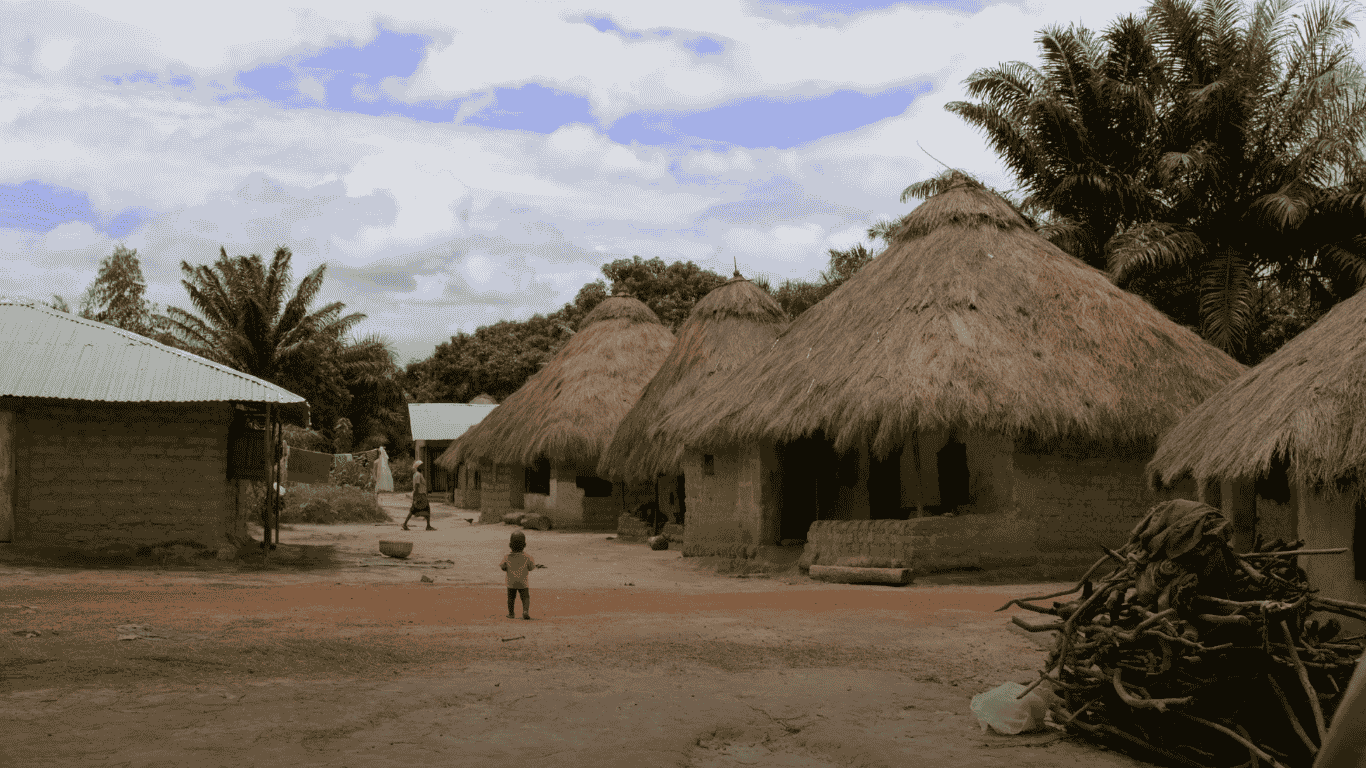The term “Sodziu” carries profound cultural and historical importance, especially in Lithuanian tradition. While it is commonly understood as a reference to rural settlements or villages, its deeper meanings go beyond geography, touching on elements of community, heritage, and even cuisine. Sodziu symbolizes a way of life that embraces simplicity, community collaboration, and connection to nature. Over time, the concept has evolved and transcended its origins, influencing various aspects of modern culture, language, and culinary traditions.
In this article, we’ll explore the multiple dimensions of Sodziu—from its historical and linguistic roots to its modern-day relevance in rural tourism and culinary traditions.
What is Sodziu? Understanding the Term
Sodziu is a Lithuanian term with several layers of meaning, traditionally referring to a rural settlement or village. Historically, Sodziu was used to describe small farming communities where families lived in close-knit groups, working together to manage their land, grow crops, and raise livestock. These communities were deeply intertwined with the natural environment, creating a way of life based on sustainability and collective effort.
The Concept of “Sodziu” in Rural Life
In Lithuania, Sodziu was not just a physical location, but a cultural ideal. The rural settlements were often self-sustaining, with every member of the community contributing to the overall welfare. Homes, barns, and fields were carefully arranged to promote a sense of unity, with everyone working together to ensure survival and prosperity. The land was seen as sacred and central to the community’s identity.
Many of these Sodziu communities still exist today, though modern urbanization has shifted the focus toward more industrial and urban living. However, the values of sustainability, community, and a simple way of life still resonate in rural parts of Lithuania and beyond.
The Cultural Significance of Sodziu
The cultural importance of Sodziu cannot be overstated. It represents not only the physical rural communities but also a way of life that is inextricably tied to nature, cooperation, and heritage. Over time, the term has come to symbolize a lifestyle that values simplicity, authenticity, and a closer relationship with the land.
Community and Cooperation
One of the defining characteristics of Sodziu was its communal nature. These villages were often small, with limited resources. As such, cooperation and mutual support were essential. Families worked together to maintain the land, repair homes, and celebrate communal events. This spirit of collective effort has been passed down through generations, influencing modern concepts of community building and teamwork.
Connection to the Land
The people of Sodziu traditionally saw their connection to the land as a sacred bond. Agriculture, animal husbandry, and craftsmanship were not just economic activities but also deeply spiritual practices. The farming cycle, from planting seeds to harvesting crops, was aligned with the rhythms of nature, reinforcing the community’s bond with the earth.
Today, as sustainability and eco-consciousness become more prominent in global discourse, the ethos of Sodziu resonates with individuals and groups seeking to reconnect with the land and practice sustainable living.
Sodziu in Modern Culture: A Resurgence in Rural Tourism
While Sodziu is deeply rooted in the past, it is by no means a concept confined to history. In recent years, there has been a resurgence in interest in Sodziu and the lifestyle it represents. As more people seek alternatives to the fast-paced, urbanized way of life, Sodziu offers a model for slow living, sustainability, and community.
Rural Tourism and Heritage Preservation
The concept of Sodziu has become a key aspect of rural tourism in Lithuania and other parts of Eastern Europe. Tourists are increasingly drawn to these rural settlements, seeking an authentic experience of traditional life. Many Sodziu villages have embraced this trend, offering visitors the chance to experience farming, crafts, and communal living firsthand.
Rural tourism not only helps preserve the cultural heritage of Sodziu communities but also supports local economies by providing alternative sources of income for rural residents. This form of tourism is based on mutual respect between visitors and the host communities, allowing for a deeper understanding of traditional ways of life.
The Linguistic Significance of Sodziu
In addition to its cultural and geographic implications, Sodziu also holds linguistic importance. The term has evolved to be used in everyday conversations to express various emotions and states of being, often serving as a way to sum up or conclude a statement.
Expression in Conversation
In modern usage, Sodziu can be used as an expression to convey a sense of finality or realization. It’s akin to saying “in short” or “to sum up” in English. It’s often used to wrap up an idea or make a concluding remark, adding a touch of emphasis to what was just said.
For example, a person might say, “Sodziu, it’s clear that we need to take action now,” to emphasize the conclusion of a discussion or decision-making process.
Sodziu in Culinary Tradition: A Taste of the Past
While Sodziu is most commonly associated with rural living, it also plays a significant role in Lithuanian culinary traditions. Traditional Sodziu dishes are hearty, simple, and comforting, made from locally sourced ingredients that reflect the community’s connection to the land.
The Traditional Dish: Sodziu Stew
One of the most famous dishes associated with Sodziu is the Sodziu stew, a slow-cooked dish that combines tender meats, root vegetables, and aromatic herbs. This dish is a staple of Sodziu life, made in large pots and shared among family and friends during communal gatherings.
Ingredients and Preparation
The ingredients for Sodziu stew typically include:
- Root vegetables like potatoes, carrots, and parsnips
- Seasonal meats such as pork, beef, or chicken
- Fresh herbs like dill, thyme, and parsley
- A rich broth made from bone marrow or vegetable stock
The stew is cooked slowly over a fire, allowing the flavors to develop and meld together. It is often served with rustic bread, creating a warm and satisfying meal that reflects the simple yet nourishing nature of Sodziu cuisine.
Sodziu’s Global Influence: A Timeless Concept
While Sodziu originated in Lithuania, its core principles of community, sustainability, and a close connection to nature have influenced many cultures worldwide. The rise of global interest in sustainability, eco-tourism, and rural living has brought renewed attention to the values embodied by Sodziu communities.
Similar Concepts Around the World
Around the world, there are similar concepts to Sodziu, reflecting the universal desire for community-based living and sustainable practices. From the communal farmsteads of the American Midwest to the eco-villages of Northern Europe, the idea of living in harmony with the land and one’s community is a value that transcends borders.
In the modern context, these ideas are often integrated into urban planning, environmental movements, and alternative lifestyles, drawing inspiration from Sodziu as a model for sustainable living. Stay Tuned.
Conclusion:
Sodziu represents more than just a rural settlement or geographical location; it embodies a way of life that values simplicity, sustainability, and community. From its historical roots in Lithuanian villages to its modern resurgence in rural tourism and sustainable living practices, It continues to influence people seeking a more balanced, connected, and meaningful existence.
As we move toward a future focused on sustainability and eco-consciousness, the timeless principles of it will undoubtedly continue to inspire those who look to reconnect with the land, their communities, and themselves.
FAQ
What does Sodziu mean?
Sodziu is a Lithuanian term that refers to rural settlements or villages and embodies a lifestyle connected to community, sustainability, and tradition.
How does Sodziu influence modern culture?
The values of Sodziu—simplicity, community collaboration, and a connection to nature—have influenced modern trends in rural tourism, eco-living, and sustainable practices worldwide.
What is a traditional Sodziu dish?
One traditional Sodziu dish is the stew, a hearty, slow-cooked meal made from root vegetables, meats, and fresh herbs, reflecting the simple and nourishing foods of rural life.
How is Sodziu used in conversation?
In modern Lithuanian, Sodziu is used as an expression to sum up or conclude a discussion, similar to saying “in short” or “to wrap it up” in English.


Perfectly indited content, thanks for selective information.
It?¦s really a cool and helpful piece of information. I?¦m satisfied that you shared this useful info with us. Please stay us informed like this. Thanks for sharing.
Thank you for the sensible critique. Me & my neighbor were just preparing to do a little research on this. We got a grab a book from our local library but I think I learned more clear from this post. I’m very glad to see such magnificent information being shared freely out there.
Okay, so Pagolbet, huh? Heard some buzz about this place. Gonna check it out and see if it’s as good as they say. Fingers crossed for some wins! Check it out for yourselves here: pagolbet